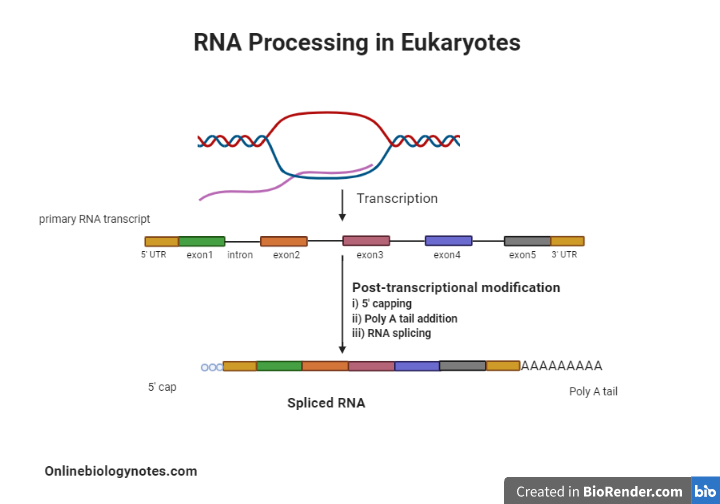B2.2.1 Organelles as discrete subunits
Organelles in eukaryotic cells are often bound by internal membranes. This allows for greater compartmentalisation of the cells.
Q) What are the advantages of compartmentalisation?
Organelles without membranes:
ribosomes (produce proteins)
centrioles (aid in cell division)
microtubules (provide suppor for the cell)
nucleoli (store genes to make ribosomes)
proteasomes (breakdown old proteins)
Organelles with one membrane:
- vesicles (short term storage unit eg, extra water)
- vacuoles (long term storage eg. cell waste)
- rough and smooth endoplasmic reticulum (rough make proteins or smooth make lipids
- golgi apparatus (packages proteins for export)
- lysosomes (digest old organelles or bacteria)
Organelles with two membranes:
- nuclei (control centre for cell)
- mitochondria (aerobic respiration)
- chloroplasts (photosynthesis)
- amyloplasts (store starch)
- chromoplasts (store pigments)
Q) Discuss: Is a cell wall an organelle? Is cytoplasm an organelle? What criteria should be used to decide if something is an organelle
B2.2 Advantage of the separation of the nucleus and cytoplasm into separate compartments
In eukaryotes, keeping the chromosomes inside the nucleus safeguards the DNA. Another advantage is that there is a delay in copying the DNA (transcription), and making proteins based on the DNA (translation).
This delay allows for modification of the DNA copy (mRNA post-transcription modification).
This even allows more than one protein to be made from the same gene, as the mRNA sequence can be cut into pieces and reassembled in different orders, leaving out some unnecessary sections called introns.
Without the nucleus, no mRNA processing is possible and the protein is made instantly after the gene is copied (this happens in prokaryotes).

B2.2.3 Advantages of compartmentalization in the cytoplasm of cells
There are also advantages for the cytoplasm of eukaryotic cells to having compartmentalisation:
- pH can be maintained at ideal levels, and there can be differing pH levels in different organelles
- Dangerous substances can be contained, such as the powerful digestive enzymes in lysozymes (which could digest the cell if released)
- Useful Substances or wastes can be exported from the cytoplasm by exocytosis (such as enzymes)
- Membranes provide surfaces for metabolic reactions, for example the folded inner membrane of mitochondria is where the most important stage of aerobic respiration occurs (oxidative phosphorylation).
Discussion activity: Alliin is stored in vesicles separate to allinase, in garlic cells. Is compartmentalisation beneficial to garlic cells? How does compartmentalisation affect the video´s claim of how to eat garlic?





